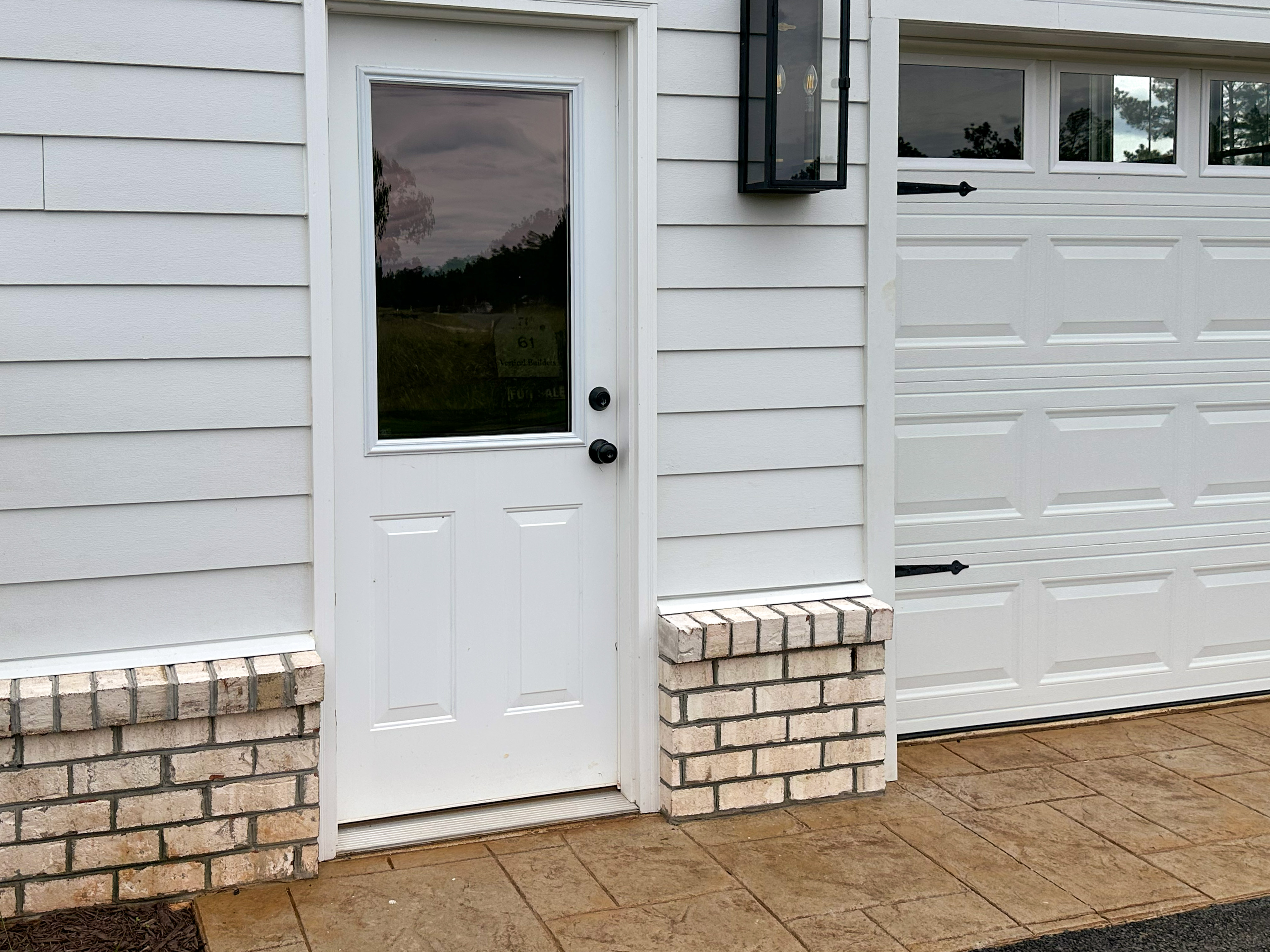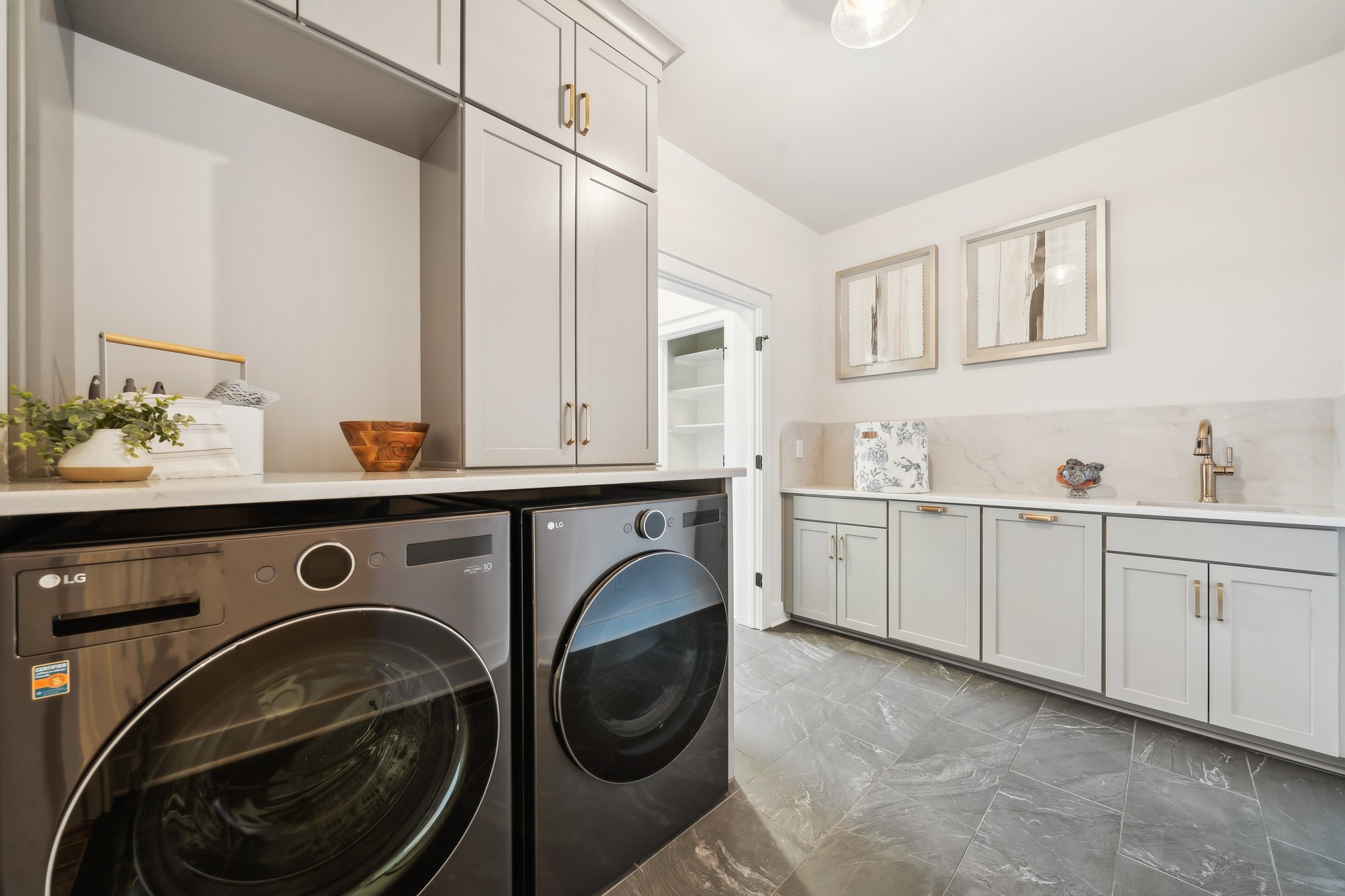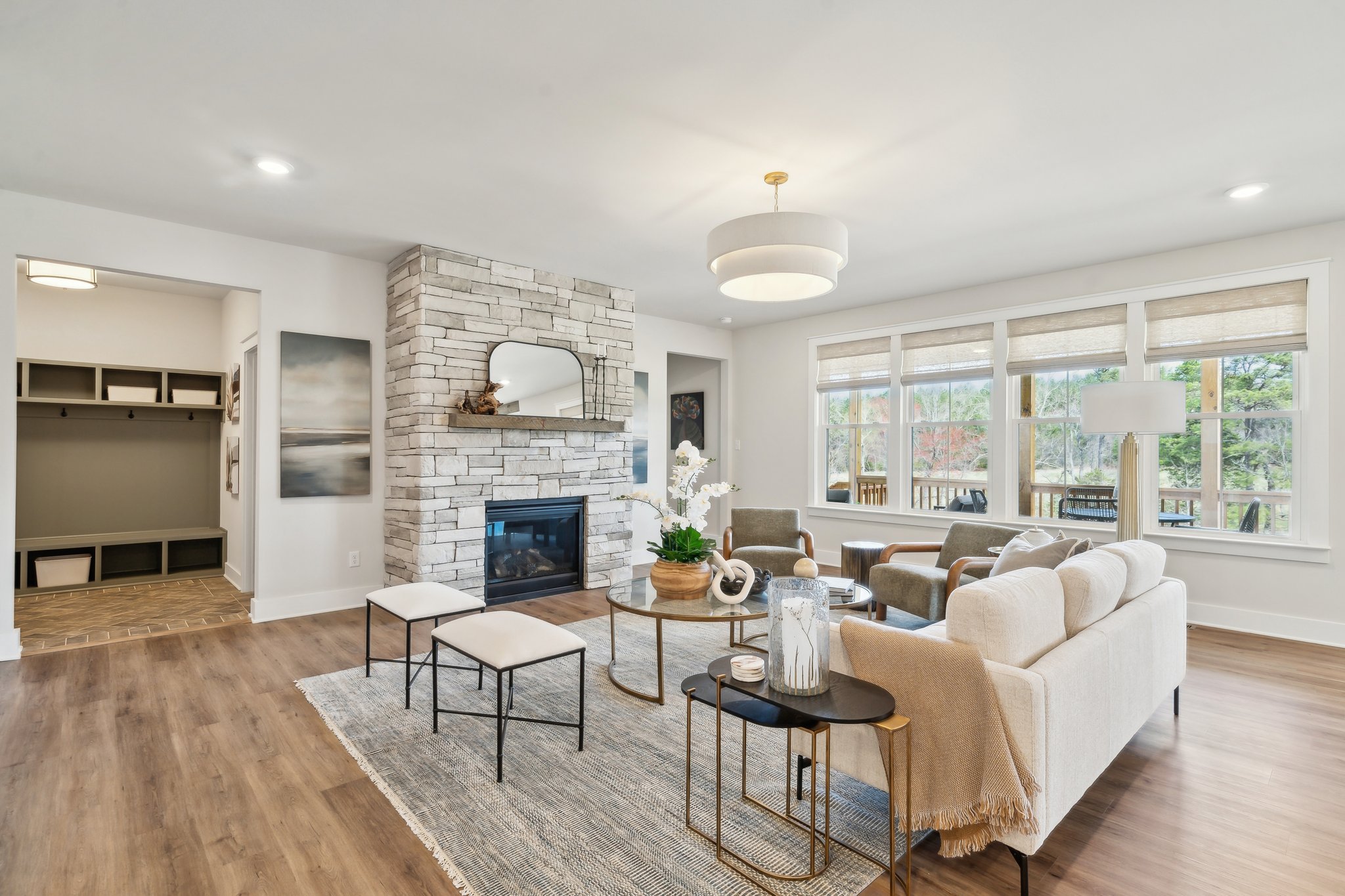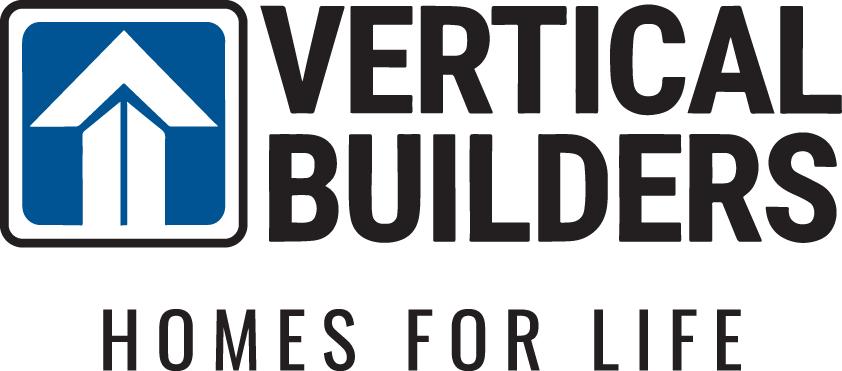Blog
Future-Proof Living: Building with "Aging in Place"

October 28, 2025
As we plan and design new homes, one concept that’s quickly gaining traction is “aging in place.” More than a trend, this philosophy is a practical, empowering approach to homebuilding that prioritizes comfort, accessibility, and longevity. And it’s not just for seniors; “aging in place” design benefits families of all ages and life stages.
Vertical Builders has certified Aging in Place designers who can help design homes with features that will help homeowners enjoy and thrive in their homes through all stages of life.Here’s a look at what aging in place means, why it’s important, and how incorporating it into your new home construction can offer both immediate and long-term value.
What Is "Aging in Place"?
Aging in place refers to the ability to live in your own home safely, independently, and comfortably, regardless of age or ability level. Rather than relocating to assisted living or downsizing later in life, aging in place makes it possible to grow older in the home you love.
It’s about proactive design choices—wide hallways, no-step entries, reinforced bathroom walls for future grab bars, first-floor owner’s suites, and smart home tech—that ensure your home continues to meet your needs over time.
Why Think About Aging in Place Now?
You might be wondering: If I’m building a home in my 30s, 40s, or even 50s, why worry about aging now?
The answer is simple: Building smarter today means fewer headaches tomorrow.
Here’s why:
- Cost savings: It’s significantly less expensive to integrate aging-in-place features during construction than to remodel later.
- Resale appeal: More and more buyers are looking for accessible, future-ready homes.
- Flexibility: Aging in place benefits multi-generational households and can help support aging parents without needing costly renovations.
- Peace of mind: You’re not just planning for older age: you’re preparing for injury, illness, or life transitions that can happen to anyone.
Key Benefits of Aging in Place Design
1. Long-Term Comfort and Accessibility
At the heart of aging-in-place design is the idea that your home should work for you, not the other way around.

Features include:
- Step-free entrances
- Wider doorways and hallways
- Lever-style door handles
- Smooth, non-slip flooring
These can make day-to-day life easier for everyone, whether you’re using a walker, pushing a stroller, or simply carrying laundry baskets or groceries.
2. Safe, Adaptable Spaces
Falls are the leading cause of injury for older adults. But you don’t have to be elderly to benefit from safer design. Universal accessibility can also reduce hazards for young children and individuals with temporary injuries.
Examples include:
- Reinforced walls in bathrooms for future grab bars
- Walk-in showers with built-in benches
- Slip-resistant tile
- Good lighting, especially in hallways and staircases
These features allow you to adapt your home as your needs evolve—without major re modeling.
modeling.
3. Enhanced Independence
Aging in place design supports independent living, reducing reliance on others for daily tasks. That includes:
- Easy-to-reach storage and outlets
- Open floor plans that allow wheelchair access
- Smart home technology for lighting, security, and thermostats
- Main-level laundry and living areas
This not only preserves dignity but also boosts mental health, especially for older adults.
4. Financial Efficiency Over Time
The cost of assisted living facilities can range from $50,000 to $70,000+ per year. By contrast, building with aging in place in mind may add $10,000–$20,000 to a home’s construction cost—but that’s a one-time investment that can help you avoid costly moves or remodels later.
Plus, these features can help maintain home value and appeal to a broader range of buyers when it’s time to sell.
5. Better for Multi-Generational Living
Whether you're caring for aging parents, hosting guests with mobility limitations, or just future-proofing your household, aging in place benefits everyone:
- Ground-floor guest rooms double as future live-in suites
- No-threshold showers and wide doorways accommodate strollers or wheelchairs
- Aging in place makes your home ready for any life change
Essential Aging in Place Features to Include When Building
Here are the most valuable design choices to incorporate during the building process:
Exterior Access & Entryways
- Zero-step entry at the front, side, or garage
- Wider doorways (36 inches preferred)
- Covered entries and motion-sensor lighting
- Low-maintenance landscaping

Main-Level Living
- Owner’s suite on the first floor
- Laundry room on the main level
- Kitchen, dining, and living spaces all accessible without stairs
Open Floor Plans
- Fewer walls and wider walkways
- Easy flow between rooms
- Visual access to multiple areas (ideal for caregivers)
Kitchen Adaptations
- Pull-out shelves and drawers
- Countertops at multiple heights
- Under-cabinet lighting
- Touchless faucets
- Rounded ;corners on countertops
Bathroom Safety & Comfort
- Walk-in, no-threshold showers
- Built-in or fold-down seating
- Hand-held showerheads
- Space for a wheelchair or walker to turn around
- Reinforced blocking for grab bars
Lighting and Visibility
- Layered lighting: ambient, task, and accent
- Rocker or touch light switches
- Nightlights in hallways and bathrooms
Flooring Choices
- Slip-resistant flooring in kitchens and bathrooms
- No transitions or thresholds between rooms
- Avoid high-pile carpet or uneven surfaces
Technology Integration
- Smart thermostats
- Voice-activated lighting or security systems
- Emergency alert systems
- Video doorbells
The Aging in Place Checklist

If you're building a home and want to future-proof it, use this checklist:
- First-floor bedroom and full bathroom
- No-step entry at at least one door
- 36" doorways and 42" hallways
- Open floor plan
- Walk-in shower with handheld controls
- Laundry on the main floor
- Lever door handles and rocker light switches
- Kitchen with accessible storage
- Reinforced bathroom walls for future grab bars
- Wide garage for easy vehicle access
- Low-maintenance exterior materials
Aging in Place and Home Resale
You might wonder—will this make my home harder to sell if I don’t need it long-term?
Actually, it does the opposite.
Buyers of all ages increasingly want homes that are:
- Accessible to aging family members
- Move-in ready without costly renovations
- Flexible for changing needs or health concerns
- Designed with high-quality, modern materials
Homes that meet aging-in-place or “universal design” standards stand out in the market and appeal to downsizing seniors, multi-generational families, and those planning for the future.
Final Thoughts: Build Smart, Live Long
Designing your new home with aging in place principles isn’t about giving up luxury or style—it’s about living smarter and longer in a home that evolves with you.
By incorporating thoughtful, subtle design choices today, you’re ensuring that your home:
- Remains a safe haven in later years
- Accommodates unforeseen needs with minimal disruption
- Adds long-term value for resale or multi-generational use
In short, building with aging in place in mind is an investment in comfort, independence, and dignity—for life.
Whether you're in your 30s thinking long-term, caring for elderly parents, or planning your forever home, aging in place makes sense for everyone.
Want to learn more?
If you're considering building a new home and want to integrate aging-in-place design, consult our designers and ask about customization options that preserve aesthetics while adding long-term livability. We’d be quite happy to create a home for you that will serve your needs far into the future.
Incorporate aging in place now—and your future self will thank you.


